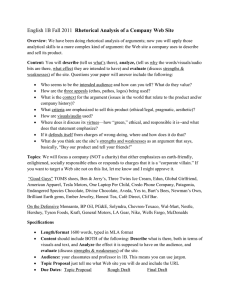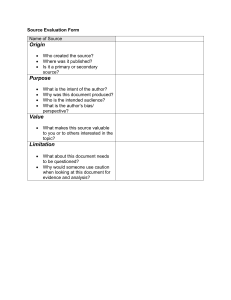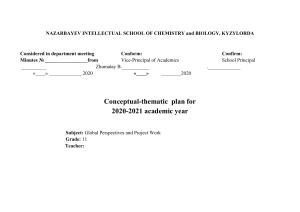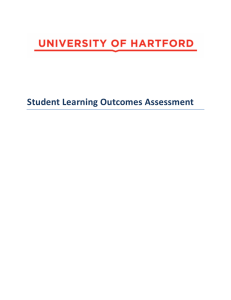Being a Critical Discussant- ( MS Word 112 kB )
advertisement
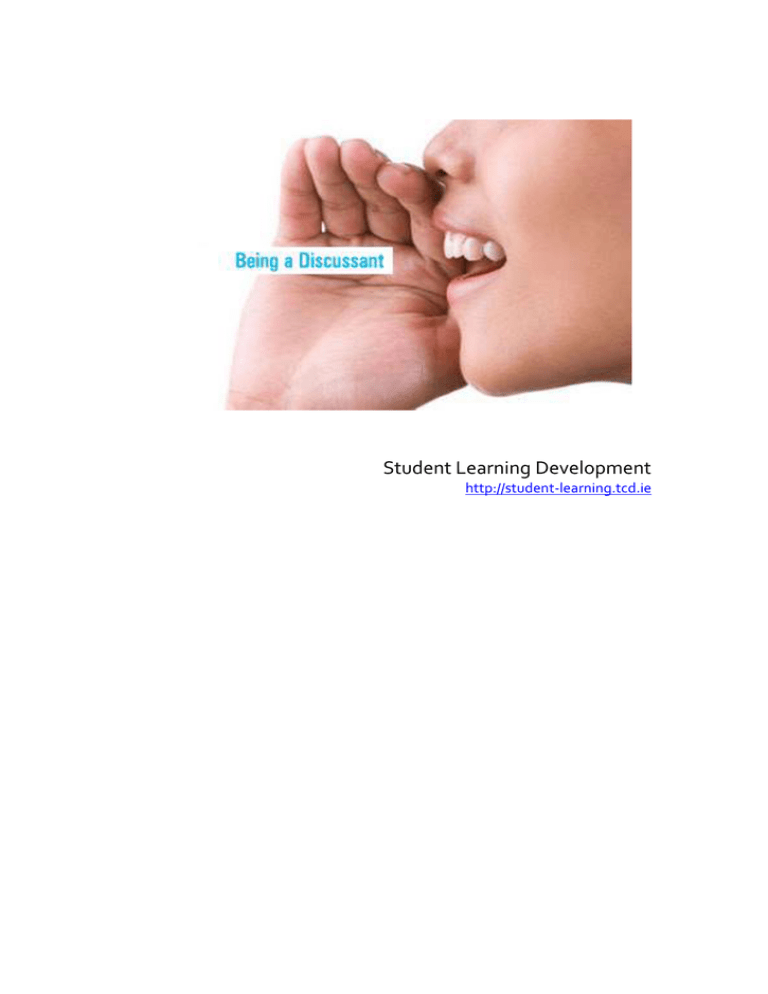
Student Learning Development http://student-learning.tcd.ie GOAL: to help audience better understand the presentation Your duty to the author is to provide feedback that will help improve the presentation. For example, if you feel that some content, while interesting, is not essential to the paper, then you might suggest the author removes it. If you feel that a key point is buried within a slide, then you might advise to make it more prominent, or focus your questions on this aspect. Preparation Look at the presentation in advance and develop an outline of the presentation. Identify potential strengths and weaknesses. Make a note of your initial reactions and questions as you go. Create a brief summary of the presentation: what is the main message of the paper (business card test), try to make the steps in the speaker’s argument transparent, and note the 3 main points of the presentation. Sit down and answer the following questions: 1. Does the author make a convincing case? 2. What are the main strengths of the approach? 3. Are there weaknesses in the argument? 4. Is there a need for more evidence for any point? 5. Are there alternative viewpoints that have not been considered? 6. Can you think of interesting ways to improve the presentation (ways into the presentation, suggestions to improve the slides or the delivery and so on)? Delivery On the day, use your outline to guide you. Make sure you focus on the broad picture and not on the fine details. You should aim to be critical and constructive. A good discussant creates a safe space for discussion. The way you ask questions and make your points is very important; being too negative will make the presenter defensive, too positive will result in a boring discussion. You might consider balancing your feedback by giving genuine praise with critical comment.



